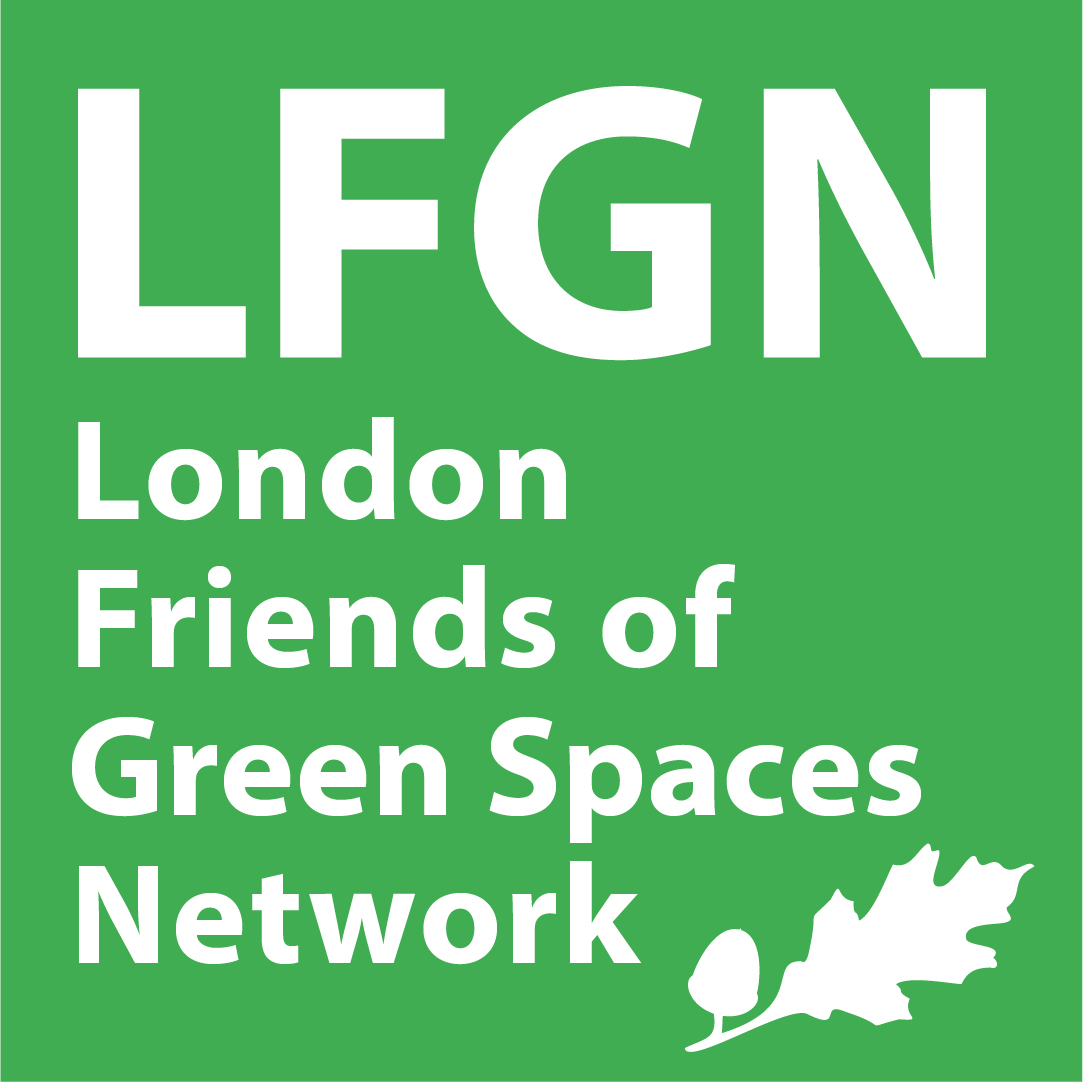London’s green spaces worth £91 billion in natural capital
The first Natural Capital Account for public green space in London judged that for every £1 spent on parks and green space Londoners get £27 of benefits.

Green spaces in London provide the capital and its residents the equivalent of £91 billion of economic value, according to the first Natural Capital Account for London.
Assessed by Vivid Economics, commissioned and funded by the Mayor of London, the Heritage Lottery Fund and the National Trust, the figure forms part of a detailed report published today which puts a value on the fifth of London which is public green space.
The value is based on the effect of green space on people’s physical and mental health, recreation and amenity. It is hoped that the research will aid decisions about future strategy, management and levels of investment in public parks and green spaces.
Key findings include:
- London’s public green spaces have a gross asset value of £5 billion a year, amounting to £91 billion over 30 years of value, appropriately discounted. Individuals, public services and businesses all benefit from the whole network of public green spaces across the city.
- Every £1 spent on public green space equates to £27 in value for the public proving expenditure in green spaces provides exceptional value for money for Londoners.
- Londoners avoid £950 million a year in NHS health costs thanks to accessible public green space. Parks create opportunities for people to exercise, socialise, relax and enjoy being part of the community. In doing so, people improve their physical and mental health. This total cost is made up of £580 million per year by being in better physical health and £370 million from better mental health. The health benefits of London’s public parks amount to 20 per cent of their total economic value.
- Public parks help the environment – providing temperature regulation and carbon storage. Green space in urban areas counter higher temperatures in summer months and natural and semi-natural parkland also provide global benefits as a store of carbon in soil and trees.
Speaking today at the launch in the City of London, London deputy mayor for environment and energy Shirley Rodrigues said that public green space had been “regarded as the nice to have and not the essential. For every £1 spent by a London borough, London enjoys at least £27 in value. Public green space is not a costly liability but something that has a value in an economic sense.
“We know more needs to be done to research how public green space can be funded. We need to identify different resources. This report provides a really crucial piece of evidence.”
As with its support of the newly-approved Newcastle Parks Trust and its funding of the two seminal State of UK Public Parks reports, The Heritage Lottery Fund is keen to protect its, or rather National Lottery players’, investment in London parks – £5.1bn so far.
Chief executive Ros Kerslake said the report “helps us with the whole story” and identified new areas of funding for parks. “It’s absolutely our ambition that Londoners should retain good quality parks and green space. We see this report as real progress.”
Vivid Economics founder Robin Smale said he hoped that by providing a natural capital account, London could move away from such a focus on cost control to “a value-driven strategy”.
Vivid Economics did not put a value on water attenuation and flood mitigation, or biodiversity in the report. Smale said that required “quite specific” modelling which was quite expensive.
He also said that the Vivid Economics team had not looked at the quality of the green space. “Evidence with quality is really poor. We really need to understand what the benefit of quality is. That’s an area we don’t know much about.”
He added: “Should we think about green space as green infrastructure?”
National Trust director general Helen Ghosh said the research could be used to help persuade business which benefit from proximity to green space to contribute to its upkeep.
The event was attended by a rich coterie of London councillors, parks managers, consultants, representatives of allied organisations and others, including members of the new Parks Action Group, which held its first meeting later the same morning.
Head of planning and strategic partnership at Lee Valley Regional Park Trust Stephen Wilkinson was one of those who welcomed the report, saying that it was useful for the trust which faces regular resistance from some politicians in surrounding boroughs, which are required to collect and pass on a council tax levy to the authority. This represents 45% of the authority’s income.
A councillor from the London Borough of Hackney said: “What this will mean for boroughs is when you are looking at your budget it gives you the evidence base. I think it will be really valuable for boroughs.”
The 2017-18 local government finance settlement confirmed cuts to core funding of 26% in real terms over three years. This comes on top of a cumulative cut to core funding of over 50% in real terms since 2010-11, meaning core funding from central Government to councils will have fallen by 63% in real terms over the decade to 2019-20. London Councils estimates that boroughs face a total funding shortfall of at least £1.6 billion per year by 2020.
The project cost £30,000 to complete. Alongside the work being done nationally on natural capital, some work has been done at a city and local authority level. But this is thought to be the first time the value of green space over such a large area has been assessed.


A very interesting commentary – however the link to the report is not active. Is it possible to check or provide something that links to the report? Thanks
The link has been updated and should work now. Thanks.